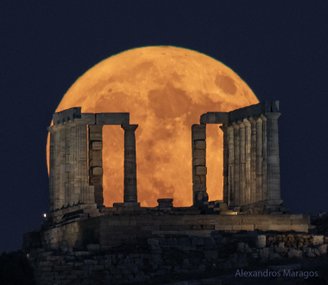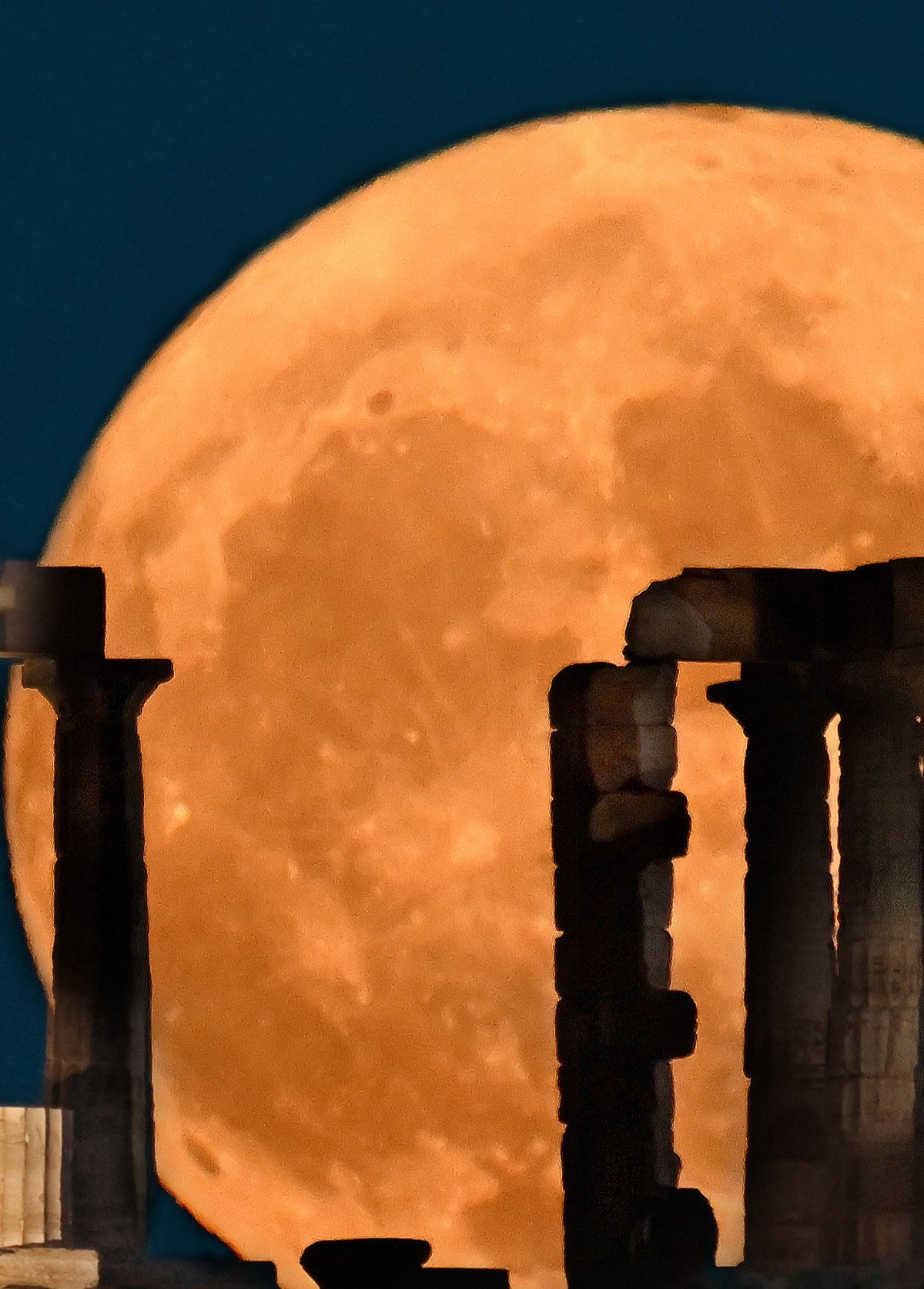In November, astronomy enthusiasts will have many reasons to raise their eyes to the sky and marvel at the celestial views! Get your telescopes, binoculars and cameras ready now, because this lunar sky promises fascinating sights, from meteor showers to the farewell of the lunar phenomenon that fills the sky with magnificence!
Astronomical events of November originates from “shooting stars” and the last Supermoon of the year will be the main stars of a real cosmic dance.
The first meteor shower of November is known as the Taurids (or Taurids) and is a small but long-lasting event that occurs between September 7 and December 10 each year. This year the peak will occur on the night of the 4th and in the early morning hours of the 5th and could produce approximately 5 to 10 meteors per hour.
These space rocks originate from two separate streams: the first consists of dust grains left behind by asteroid 2004 TG10, and the second stream consists of debris left behind by comet 2P Encke.
The second meteor shower of the month will be the Leonids, a medium-sized event producing up to 15 meteors per hour at its peak. Leonids are produced from dust grains left behind by comet Tempel-Tuttle, discovered in 1865, and occur every year between November 6 and 30. This year it will reach its peak on the evening of the 17th and the morning of the 18th. Unfortunately, the Moon will be nearly full, blocking out all but the brightest meteors.
The best viewing for both events will be just after midnight from a dark location away from city lights. Meteors will emanate from the constellation Taurus and Leo respectively, but they can appear anywhere in the sky.

Another notable event The last Super Moon of the year will occur on the night of November 15.. That night, the Moon will be close to perigee, the closest point of its orbit to the Earth, and will be about 360 thousand kilometers away from us. This will make it appear up to 10% larger and up to 15% brighter in the sky.
Using applications such as Carta Celeste, Stellarium and SkyMap are great allies for observing and identifying objects in the sky!
Calendar of major astronomical events for November 2024
01/11: New moon
04/11: Moon and Venus conjunction
04 and 05/11: Maximum activity of the Taurid meteor shower
08/11: In the First Quarter of the Month
15/11: supermoon
11/16: Mercury at maximum eastern elongation (best view)
11/17: Neptune in opposition (best view)
11/17: Conjunction between Moon and Jupiter
17 and 18/11: Maximum activity of the Leonid meteor shower
11/20: Conjunction between Moon and Mars
11/22: In the First Quarter of the Month
Clear skies and good observations!
Always stay up to date with all the celestial spectacles of the month on TecMundo and take the opportunity to share the November astronomical calendar with your friends on social media!
Source: Tec Mundo
I’m Blaine Morgan, an experienced journalist and writer with over 8 years of experience in the tech industry. My expertise lies in writing about technology news and trends, covering everything from cutting-edge gadgets to emerging software developments. I’ve written for several leading publications including Gadget Onus where I am an author.












